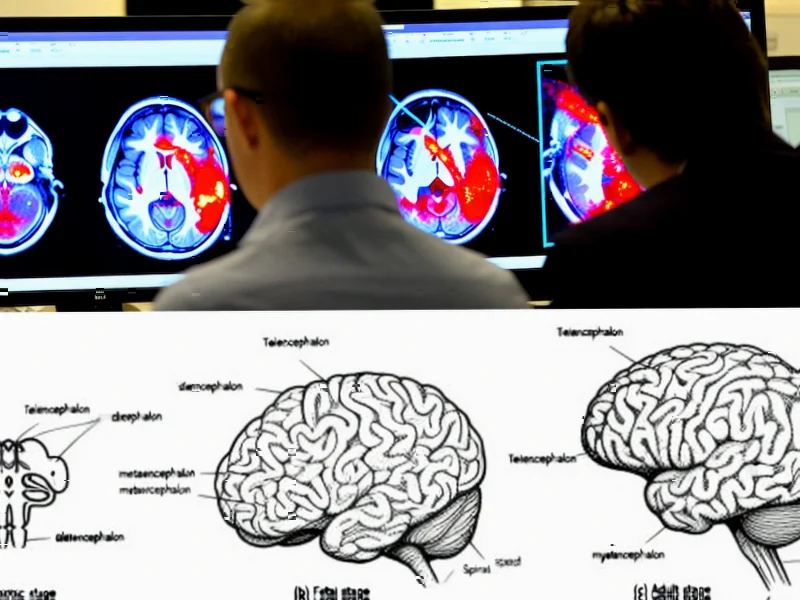According to Forbes, Meta has cut approximately 600 jobs from its artificial intelligence division while maintaining its elite TBD Lab, signaling a strategic re-sorting of human talent rather than a retreat from AI development. The layoffs highlight a broader industry trend where companies prioritize efficiency and standardization over the human variability that historically drove innovation. This development raises fundamental questions about how organizations balance automation with the creative friction essential for meaningful progress.
Table of Contents
The Efficiency Paradox in AI Development
The current wave of AI adoption represents the latest chapter in a century-long pursuit of industrial efficiency that began with Frederick Taylor’s scientific management principles. What makes this moment particularly dangerous is that we’re applying manufacturing-era optimization logic to creative and cognitive work where the rules are fundamentally different. In manufacturing, reducing variation improves quality, but in innovation, variation is quality. The same friction that slows production lines can spark breakthrough insights when engineers debate approaches or data scientists question assumptions.
The Hidden Costs of Talent Density
When companies like Meta pursue “talent density” by concentrating resources on elite teams, they create organizational monocultures that lack the cognitive diversity necessary for resilient problem-solving. Research from organizational psychology consistently shows that heterogeneous teams outperform homogeneous ones on complex tasks, yet current AI staffing strategies move in the opposite direction. The deeper risk isn’t just the immediate impact of layoffs but the systematic erosion of institutional memory and the mentorship pipelines that develop future leaders.
Broader Industry Implications
This pattern extends far beyond Meta to Fortune 500 companies across insurance, finance, and manufacturing that are using AI to automate entry-level positions. These roles traditionally served as proving grounds where junior employees developed domain expertise and cultural understanding. Companies like those using platforms such as Career Highways for skills mapping risk creating a “missing middle” in their talent development pipelines. The immediate cost savings obscure the long-term leadership deficit that will emerge when today’s automated organizations need strategic decision-makers who understand both the technology and the business context.
Sustainable AI Integration Strategies
The most successful organizations will treat AI as an augmentation tool rather than a replacement strategy, designing workflows that preserve human judgment at critical decision points. This requires creating roles like “AI interpreters” who can translate between technical outputs and business contexts, and “ethical arbiters” who ensure automated systems align with organizational values. Companies must resist the gravitational pull toward pure efficiency metrics and instead measure success through innovation velocity and employee growth. The organizations that thrive will be those that recognize that some friction isn’t waste—it’s the texture of learning and the foundation of sustainable innovation.



